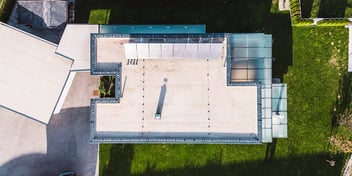- Home »
- Learningcenter »
- Gable hip roof differences
Gable Roof vs. Hip Roof and The Differences Between Them
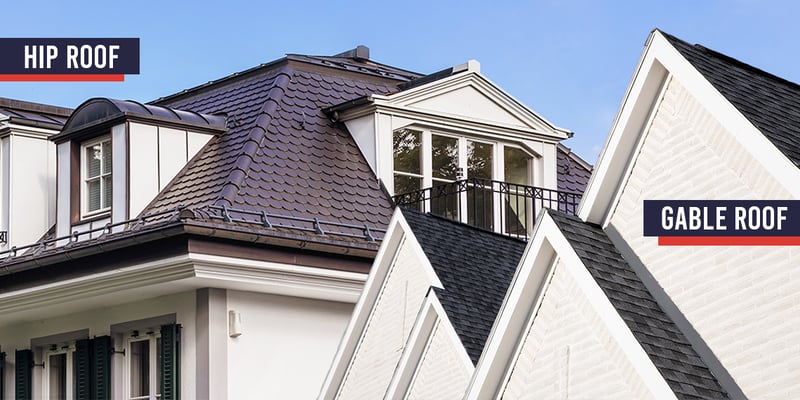
If you're building a new home or adding to your existing home, you're likely facing a long list of decisions– what materials to use, what budget to set, and what design to use, to name a few.
Before starting this project, you might not realize just how many different roof types there are. The style of roof you choose doesn't just impact the aesthetic appearance of your home but also the function and performance of your roof against the elements.
During your research, you've probably encountered two of the most common roof types in the U.S.– gable and hip roofs.
What are the differences between these roofs, and what are the pros and cons of each? Let's look at what you need to know about these popular roof styles to make the right choice for your home.
What is a Hip Roof?
HIpped roofs have been popular in the United States since the early 1700s, and the oldest still-standing hipped roof structure in the U.S. was built in 1654. Inspired by architectural designs from Britain, hipped roofs remain a prevalent roof style.
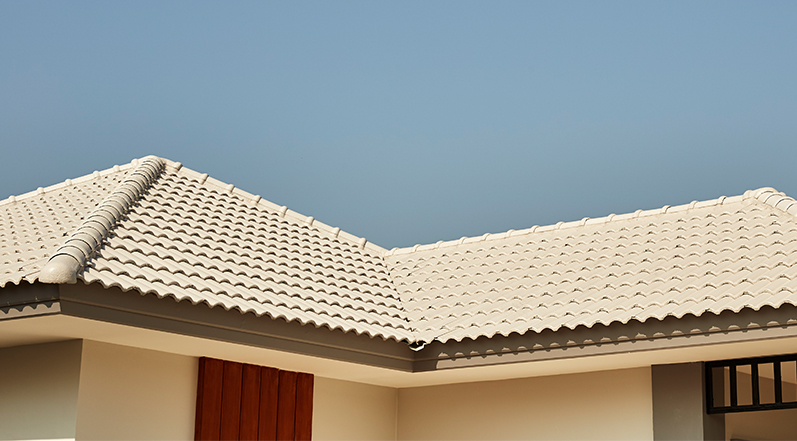
A hipped roof has one horizontal ridge and four sloped sides on the top. There are many possible variations of this roof style, including:
- ● Mansard
- ● Cross-hipped
- ● Hip-and-valley
- ● Bonnet
- ● Pyramidal
Hipped roofs became quite popular during the early 1900s and 1910s, frequently displaying details from the late 19th-century Queen Anne style.
Let's dig into some of the benefits (and drawbacks) of hip roofs:
Benefit #1: Eave Consistency and Curb Appeal
Hip roofs can make your home more visually appealing, as there is a consistent look around the entire house.
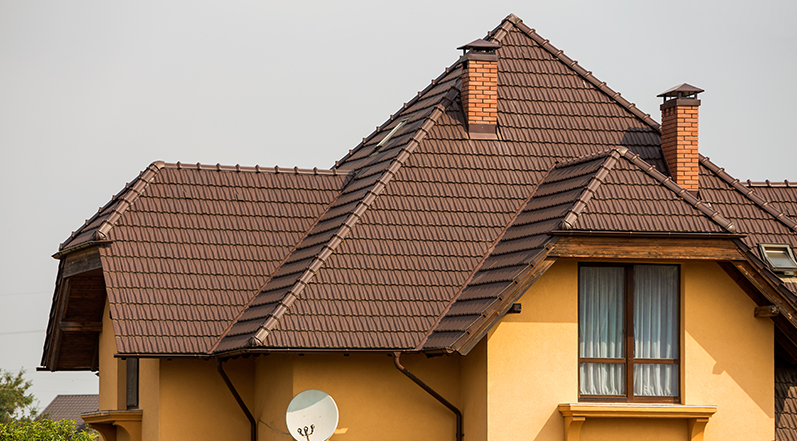
This choice, of course, can be a matter of personal preference, as many people find gable roofs to look nice. In general, though, the consistency of hip roofs is considered a benefit versus the inconsistency offered by gable roofs.
Benefit #2: Stability
Hip roofs can be a great choice if you live in a place with often high winds or commonly heavy snowfall.
Hip roofs are more stable and durable than gable roofs, even though gable roofs are more common in the U.S. This is due to the inward slope on all four sides and the design that makes them self-bracing.
Benefit #3: Useful for Lower Sloped Roofs
Finding a roofing solution for lower-sloped roofs can be challenging since steep slopes help ensure that water, snow, and debris are shed.
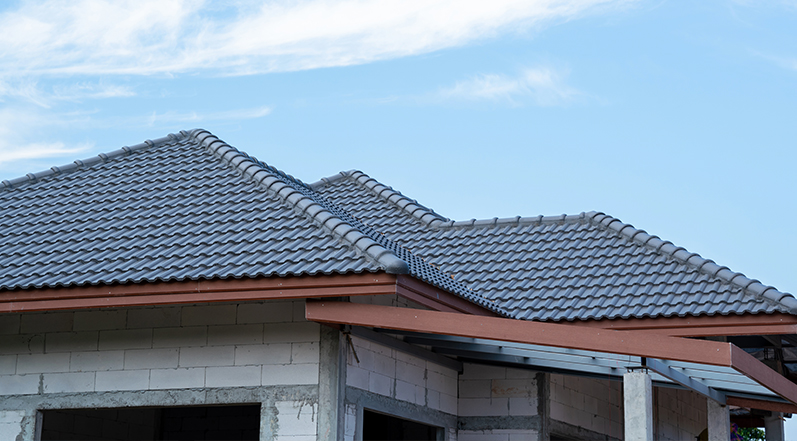
A hip roof can be a reasonable solution when you are looking for a low-sloped roofing system.
Drawback #1: More Costly
Hip roofs' increased durability and stability come with a heftier price tag than gable roofs; this is because the design is more complex and requires more skill to install in addition to more material.
However, when professionals install them properly, hip roofs are a reliable and stable roofing option.
Drawback #2: Less Attic Space
Another downside of hip roofs is that they don't allow the same attic space as gable roofs.

You'll want to consider whether having ample attic space is essential before choosing a hipped roof for your home.
Drawback #3: Can Be Susceptible to Leaks
Hip roofs can be susceptible to water intrusion if they aren't installed correctly; this is mainly the case around the seams and dormers of the roof.
That being said, this isn't a reason not to get a hip roof if that is your preferred option; it simply means hiring an experienced professional roofing company to install your roof is essential. It's not worth hiring an inexperienced roofer for this job, as this could mean costly repairs or even a roof replacement down the road.
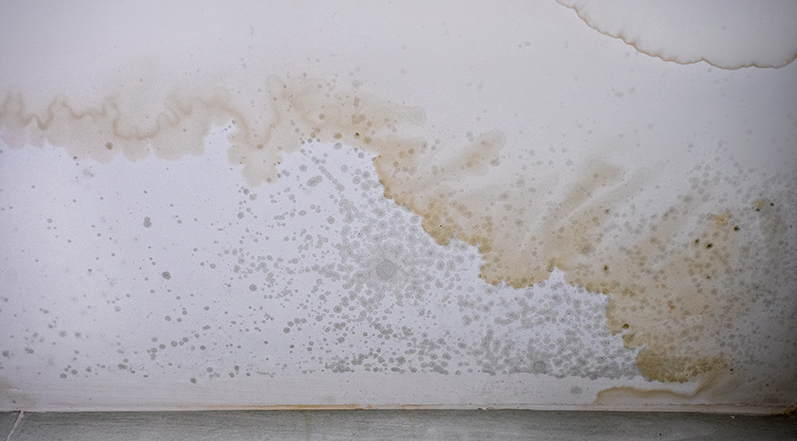
Are you building a new home and researching potential roofing options? Check out our recent post about the pros and cons of rafters vs. trusses.
What is a Gable Roof?
Though hipped roofs are common, gable roofs are the dominant roof style in the United States. Most of the oldest buildings in the states have this type of roof, and people have been building structures with gabled roofs in the U.S. since the early 1600s.
You can easily recognize a gable roof once you understand its basic structure. The gables are the non-sloped, vertical sides that will sometimes have a vent or a window. You will see at least two gables and at least two slopes with a ridge running between the peaks.
In short, when you can see a vertically oriented triangle up to the peak of the roof, you're looking at a gable roof.

There are several variations of gable roofs, just like with hipped roofs. Some common types include:
- ● Cross-gabled
- ● Boxed
- ● Open
- ● Dutch Gable
- ● Jerkinhead
Technically, Dutch gable roofs and jerkinhead roofs are a fusion of hip and gable roofs.
Benefit #1: More Affordable
One of the reasons that gable roofs are a popular option is that they are more affordable than hip roofs.
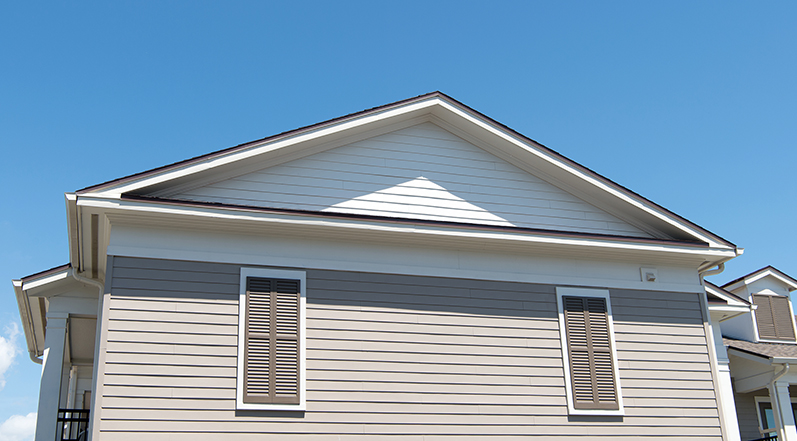
The design of gable roofs is quite simple, meaning they take less material, time, and skill to install.
Benefit #2: Sheds Water, Snow, and Other Debris
Another significant benefit of gable roofs is that they do an excellent job of shedding snow, water, and any other debris that could fall on your roof. Considering that this is one of the primary functions of your roof, this is a compelling pro.
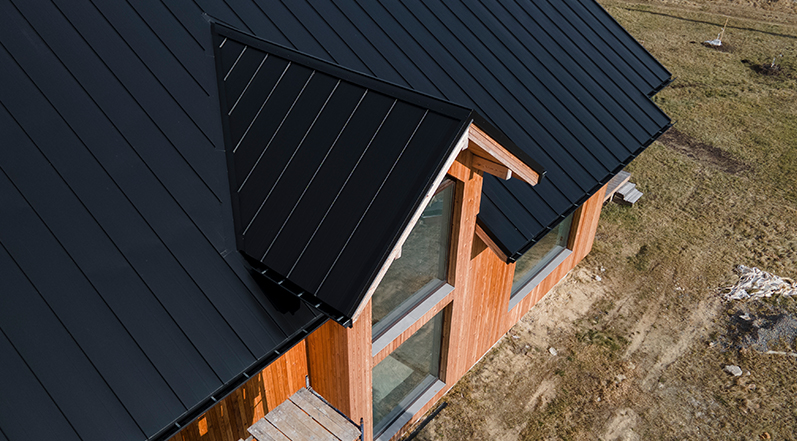
The lifespan of a roof has to do with several different factors, one of which is how well it sheds weather elements and debris. The better your roof can move materials down and off your home, the longer your roof can last.
Benefit #3: Less Maintenance
Gable roofs also don't require as much maintenance as hipped roofs.
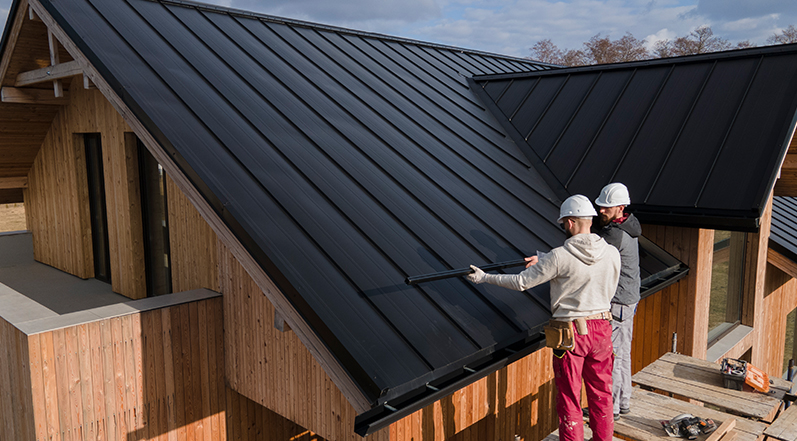
When they are correctly sloped, and water, snow, and debris can quickly run off on their own, manually managing these issues is less of a burden.
Benefit #4: More Attic Space
There's quite a bit more space in the attic when you install a gable roof versus a hip roof. The ceilings are vaulted, giving you more storage space and room for air ventilation.
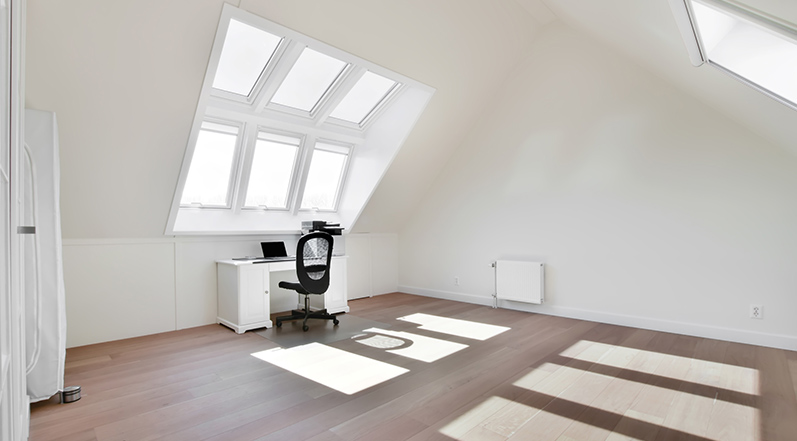
Is your roof not getting enough ventilation? Check out this article about the best ways to ventilate a roof.
Drawback #1: Less Curb Appeal
Gable roofs can be pretty nice looking but are also reasonably simple designs.
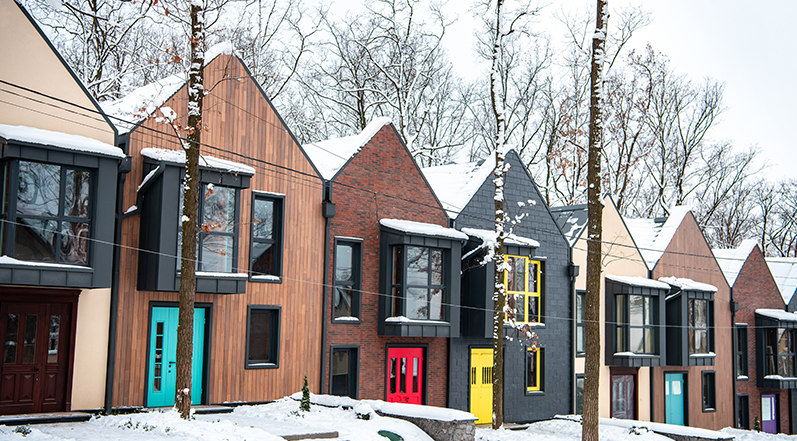
Many homeowners find this simplicity charming, but others prefer the hip roof's more complex and consistent look.
Drawback #2: Less Durable
If you live in an area that receives a lot of snow yearly or storms accompanied by high winds, it's worth understanding that gable roofs are less durable than hip roofs. If a gable roof hasn't been correctly installed, it can lead to disaster in a hurricane or other extreme storms.
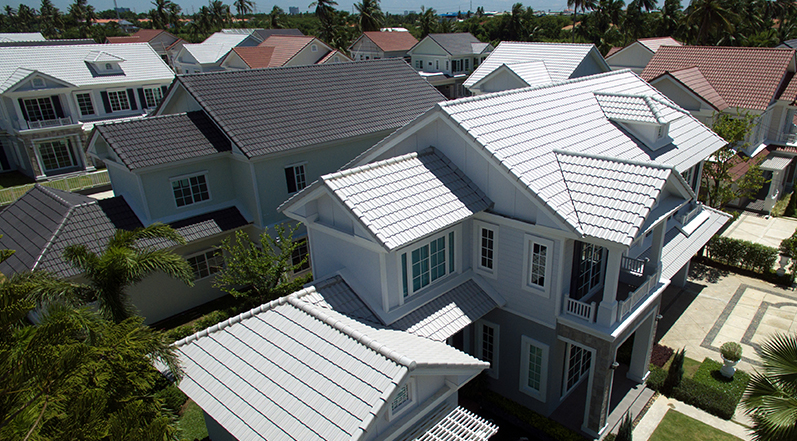
High winds can also be a problem if there is too much of an overhang with a gable roof, as high winds can get underneath the overhang and lift up against the home's walls. In the worst-case scenario, this could lead to the roof detaching.
You can still have gable roofs in places with high winds, but it is essential to understand the risks of having an improperly installed roof. You'll want to make sure that you hire a professional roofing company that uses the right braces to maximize its durability in the face of heavy winds.
What's the Difference Between a Hip Roof and a Gable Roof
The slopes on the sides are the primary difference between a hip and a gable roof. All sides of a hip roof slope downward toward the home's walls. Gable roofs, on the other hand, have only two triangle-shaped slopes that span from the peak of its ridge down to the bottom of the roof's eaves.
A gable roof inherently has what is known as gables– vertical sections found where the two roof slopes intersect are triangular-shaped. When looking at a gable roof, you'll see that at least two parks of the wall will extend upward to compose a section of the roofline.
However, there aren't any vertical wall extensions on a hip roof. Instead, you'll see four sloping sides forming a pyramid shape when they meet at the center, or all four sides will meet at a horizontal ridgeline. In the instances where they all meet at one central point, you'll also hear this type of roof referred to as a pyramid or a pavilion roof.
Let's look at some of the other primary differences between these two common types of roofs.
1. Appearance
The appearance of gable and hip roofs also differ. You might not notice the difference if you were looking at a gable roof when you're looking at the roof slopes head-on. However, you see that the gables rise above the exterior walls if you look at it from the side.
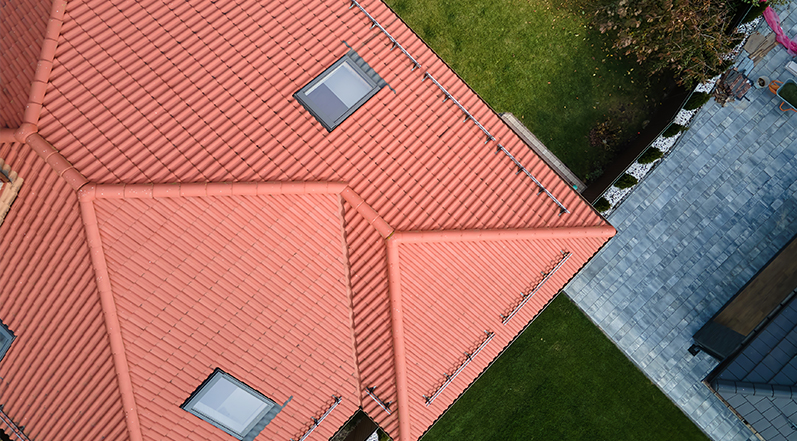
Hip roofs, on the other hand, show only slopes no matter what direction you're looking at them from. Some people find hip roofs to have a much sleeker and smoother appearance. At the same time, gable roofs are so prevalent that people also don't typically see them as a visual nuisance or detriment.
2. Wind and Air Flow
When the wind blows toward a gable roof's slope, the roof is aerodynamic. However, if the wind is blowing in the direction of a gable rather than the roof's slope, it means that a considerable amount of force is exerted on the structure of the home.

On the other hand, a hip roof more effectively directs wind safely over and off the roof no matter what direction the wind comes from; in general, hip roofs are a better choice if you are concerned with questions about wind and airflow.
3. Durability
Hip roofs are typically more durable than gable roofs. This is because there is less potential for uplift due to the multi-sided sloping.

Beyond that, they are laterally braced while the trusses on a gable roof run parallel to one another.
4. Maintenance
Hip roofs have more seams than gable roofs and also require more roofing materials. This means there are more maintenance requirements for hip roofs than gable roofs, the latter of which effectively replaces some roof sections with house siding.
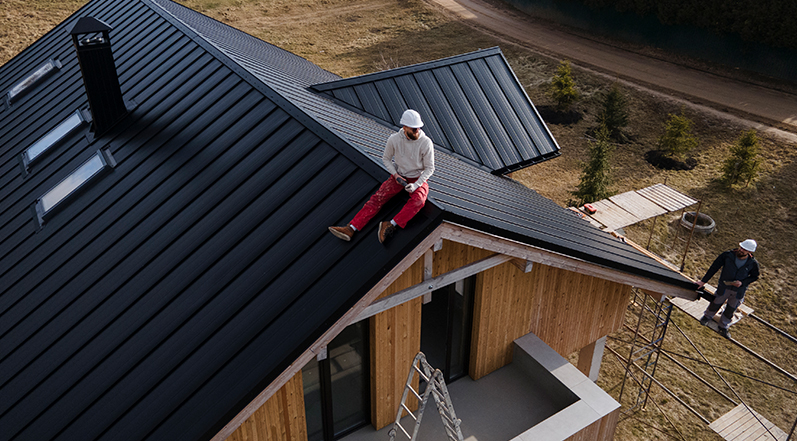
Insurance premiums in some areas of the country might be higher for houses with gable roofs because they are more vulnerable to being damaged by high winds.
5. Environmental Impact
If you are concerned about the environmental impact of your new roof, it's worth noting that there are pros and cons to both hip roofs and gable roofs in this regard. For example, hip roofs contain less "dead" attic space that needs to be insulated on the one hand, while gable roofs use fewer roofing materials than hip roofs.

Lastly, if you're thinking about adding solar panels to your home, gable roofs are generally the better choice because there is nearly double the surface area for attaching solar panels.
6. Resale Value
Hip roofs are often built on more expensive homes. However, no statistics clearly state whether one type of roof is likely to have a more significant influence on resale value.
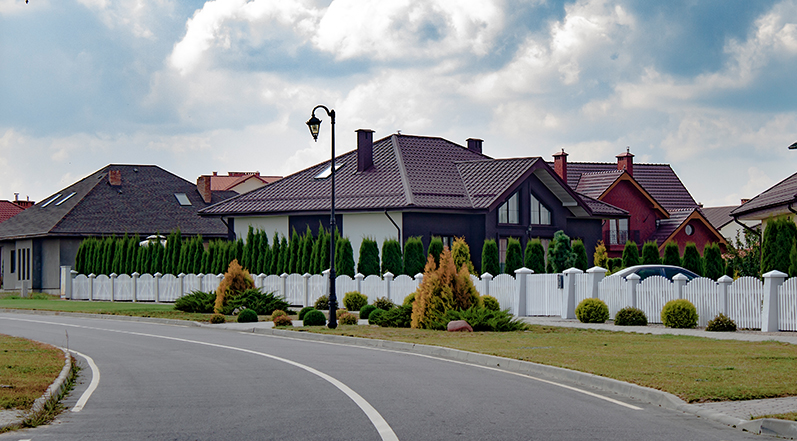
While a gable roof is rarely a deal-breaker for someone who loves a house, some home buyers prefer the aesthetic look of hip roofs.
7. Water Resistance
Both of these types of roofs effectively shed water. Hip roofs, though, don't have to contend with the issue of water entering the attic when heavy gusting rain blows it through the gable vent.
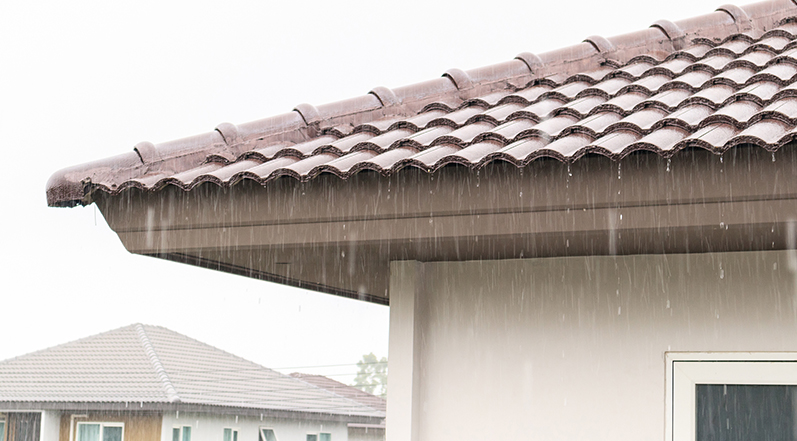
On the other hand, the steep pitch of gable roofs makes them highly capable of resisting water and rain.
8. Cost
Finally, there is also a cost difference between gable roofs and hip roofs. Hip roofs are more expensive– they commonly cost between $34,000 and $68,000.
Gable roofs are the more affordable option, typically costing between $25,000 and $50,000.
Gable Vs. Hip: Which Is the Right Choice For You?
There are some very clear benefits to both gable and hip roofs and some drawbacks that are worth considering when you're beginning a new roofing project. Whether you prioritize cost, style, durability, wind resistance, or any combination of these factors, you'll likely find that one of these types of roofs can suit your needs.
Are you looking for the best roofing company in the Atlanta area? If so, you've come to the right place!
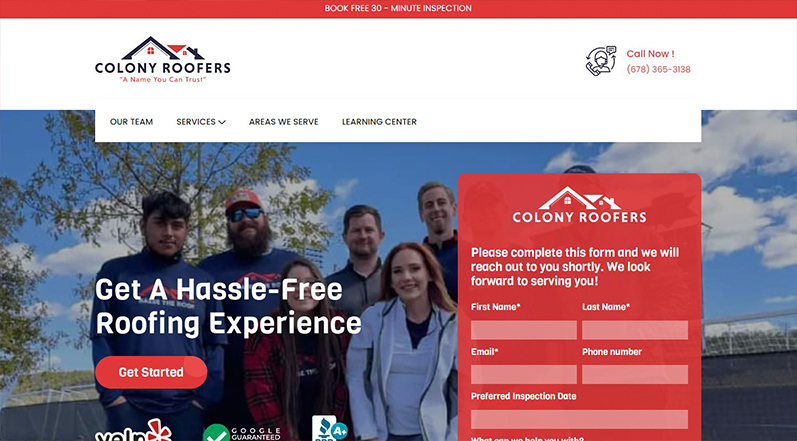
At Colony Roofers, we pride ourselves in offering the best of the best when it comes to customer service and affordable, high-quality roofing services to our customers. If it's time for you to replace, repair, or inspect your roof, contact us today!
 Call (678) 365-3138
Call (678) 365-3138


